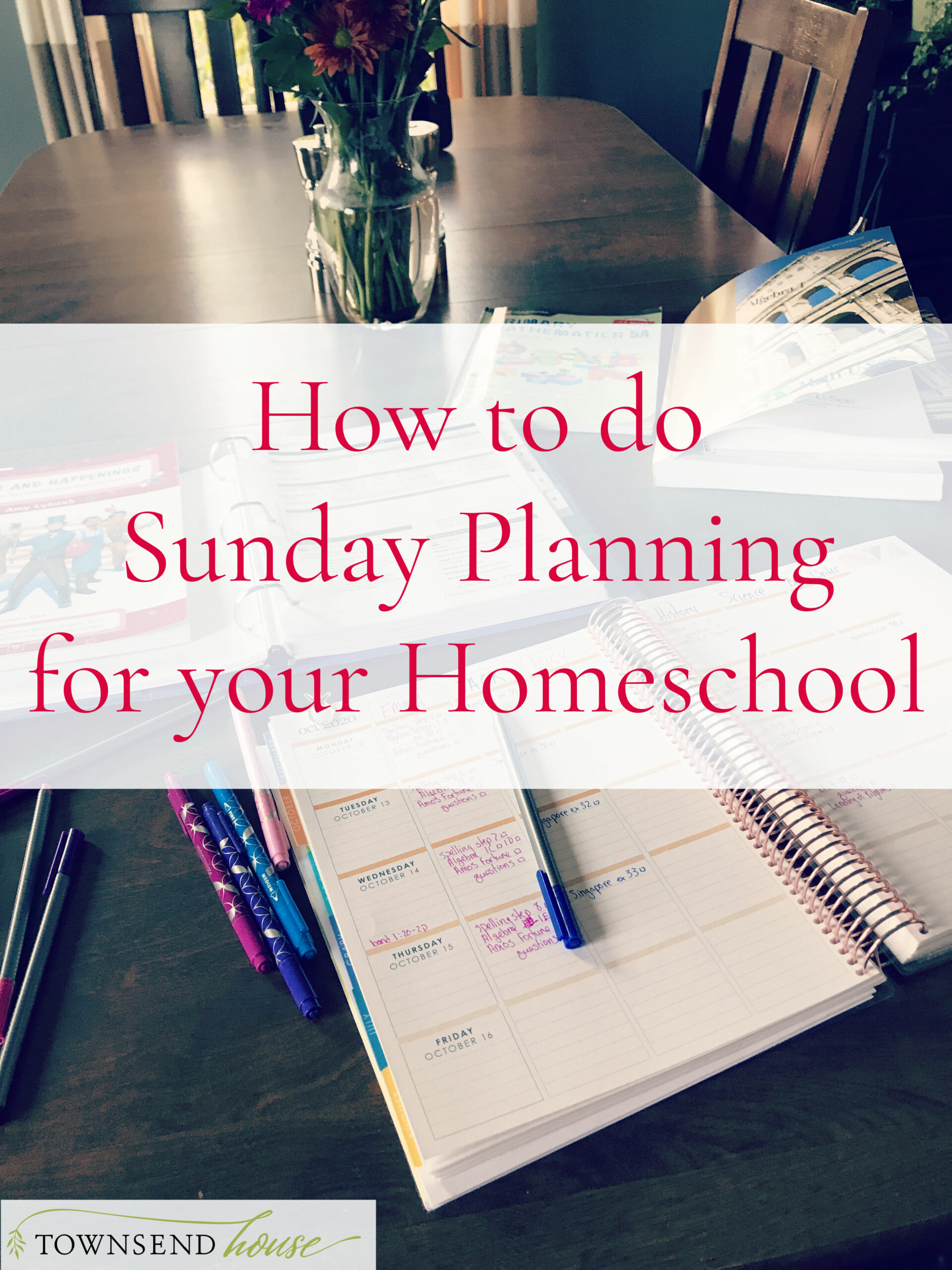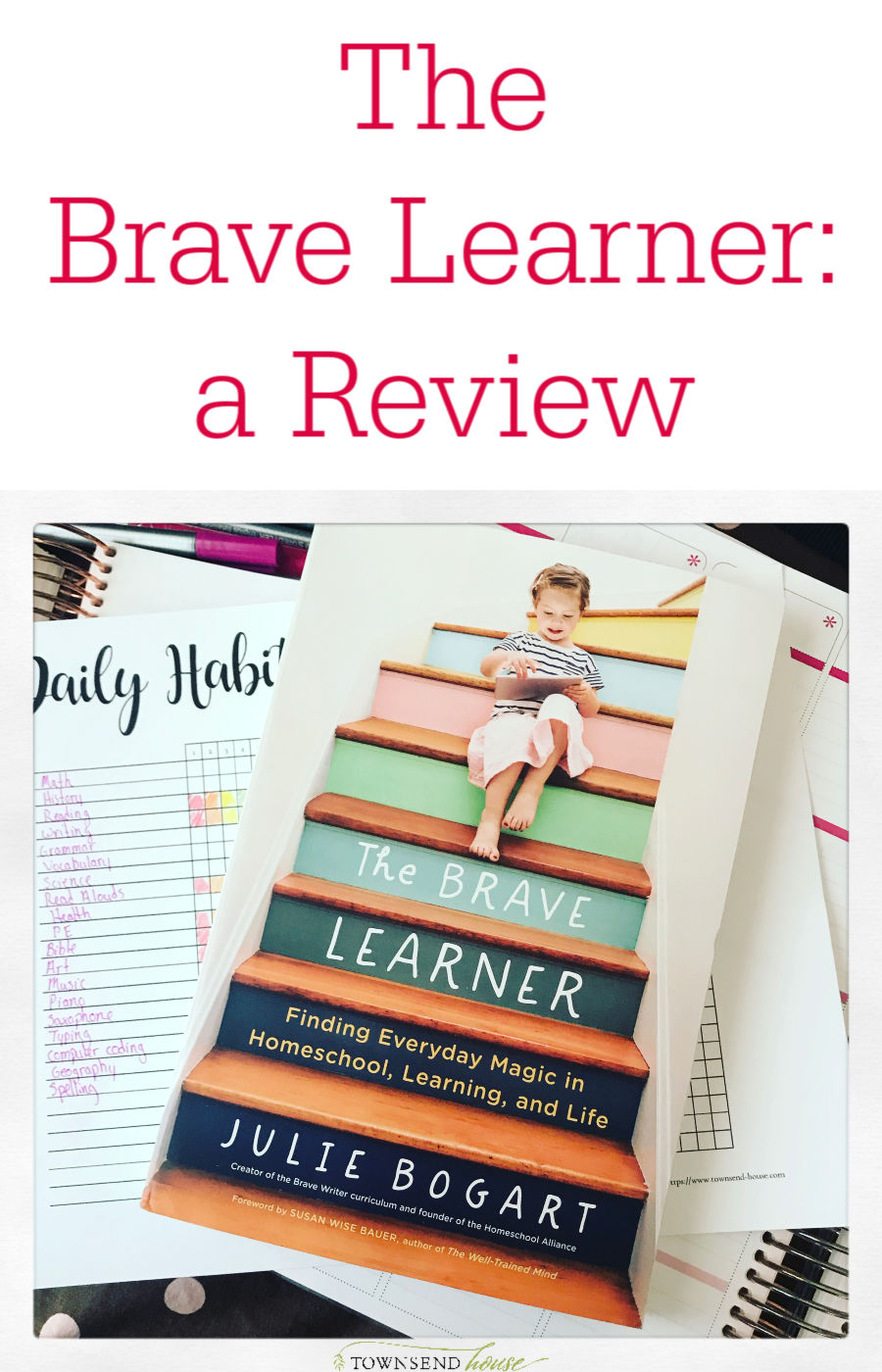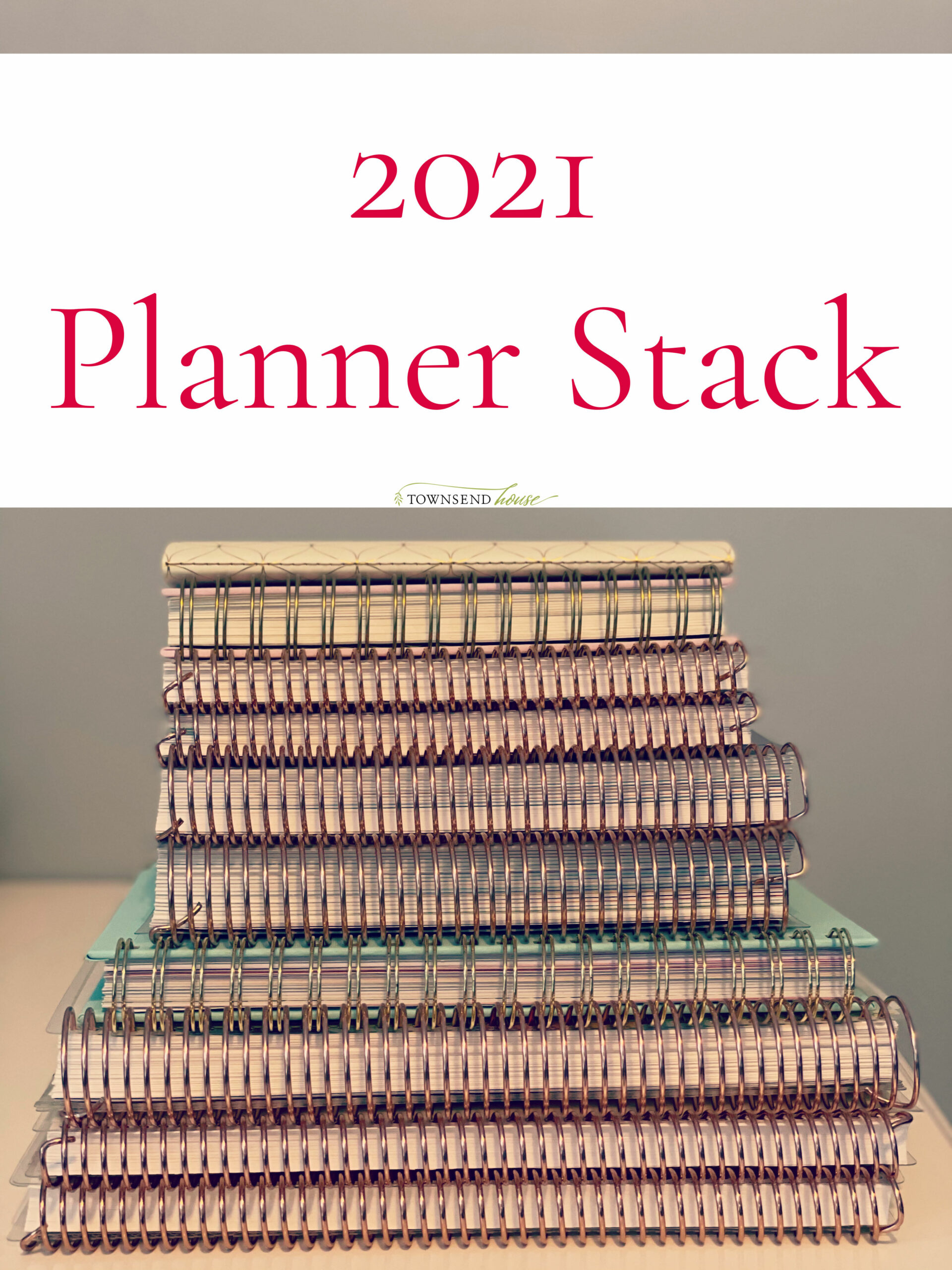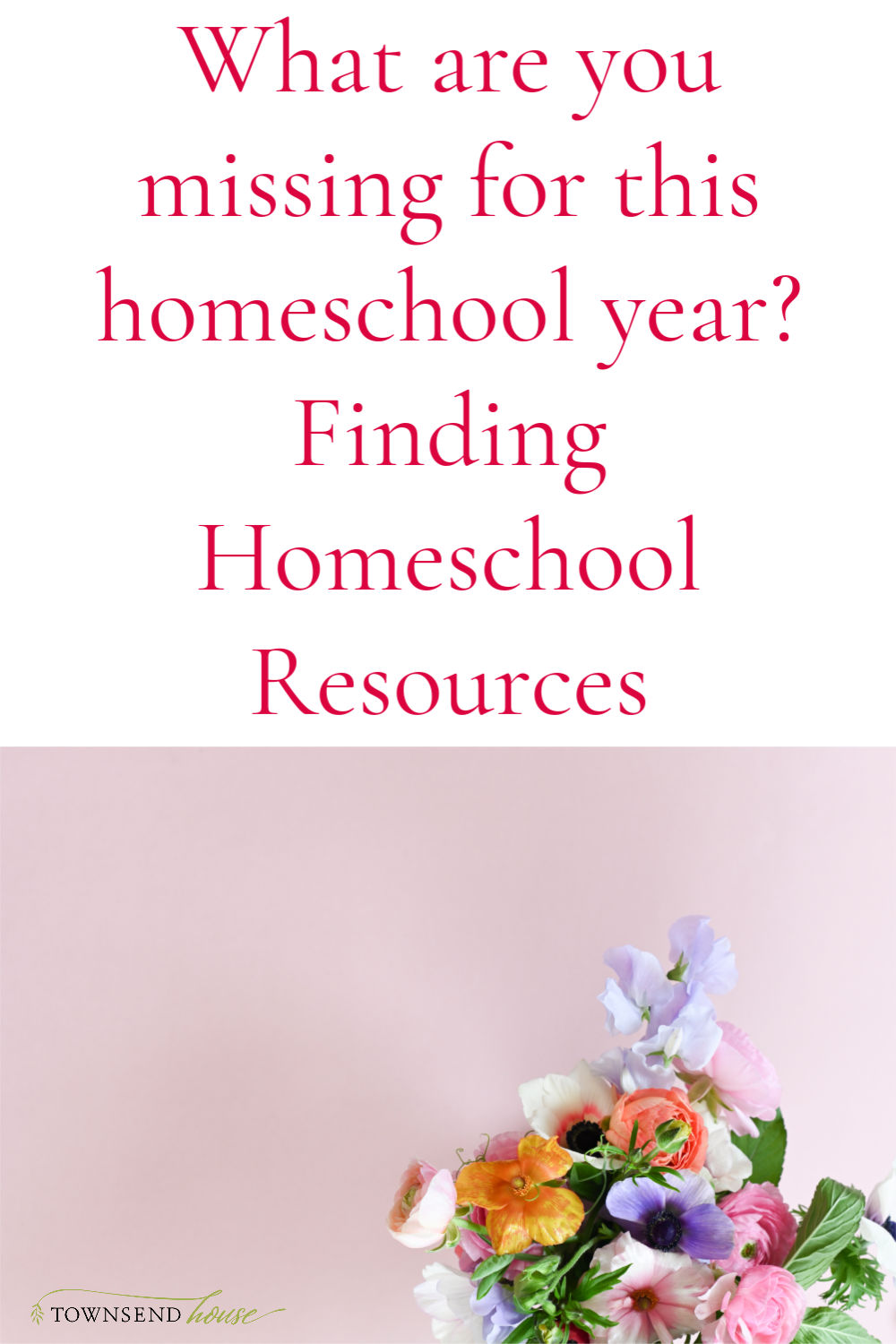How to Make a Pivot in the Middle of Your Homeschooling Year
What does it mean to have a homeschool pivot? Do you remember the Friends episode where Ross is trying to move the couch up the stairs? “PIVOT!”
But, all joking aside, what is a pivot? Why would you want to make a pivot, and how do you go about giving yourself permission to actually make that pivot?
Pivot means a shift, or a change in direction. It is well known in business circles, in order to take your business in a new direction, you may need to pivot. This definitely lines up with homeschool as well. In order to move forward you may need to make a homeschool pivot.
What I want to talk about today though is how to make a homeschool pivot in the middle of the year.
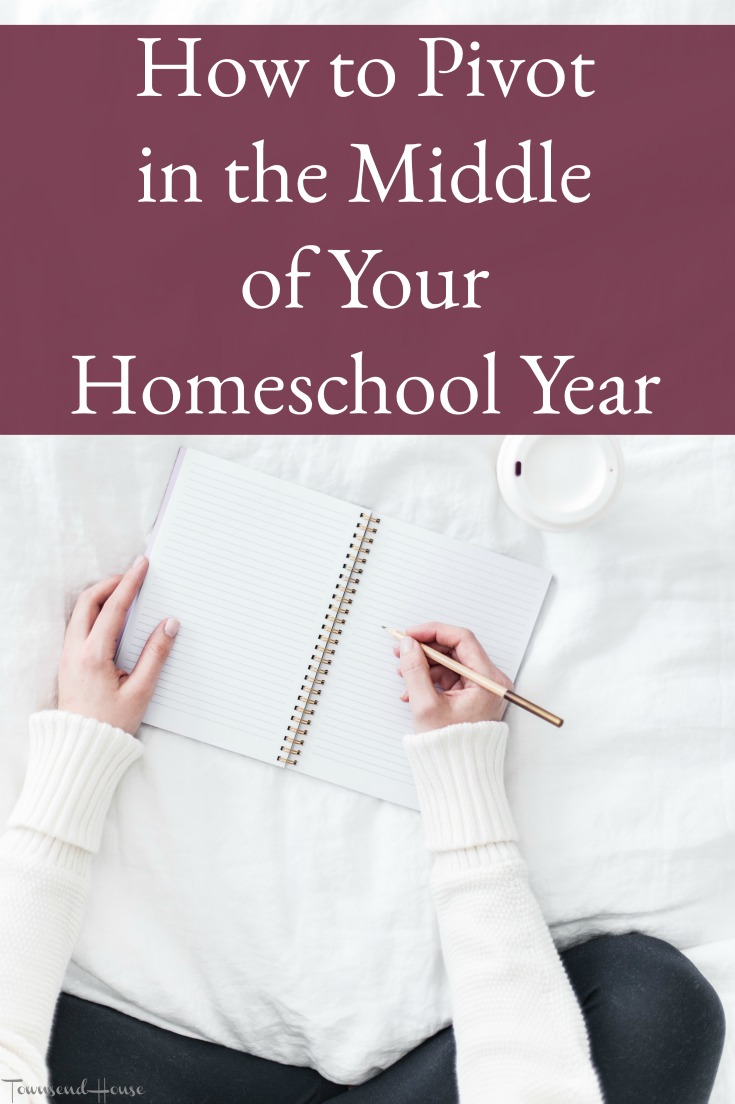
This post includes affiliate links. If you click on one of these links and make a subsequent purchase I may receive a commission. Read Disclosure.
You start out with so many plans at the beginning of the year. You want to have everything work out. It should, you planned for it – you had goals. But then something unexpected happens. Your plans were not specific enough. Or they were too specific and there is no room for flexibility without derailing the entire system. After all that work and money spent can you really make a homeschool pivot?
Every year is a new year. You either are adding new kids to the mix, or at the very least working on new material.
Last year was the first official year of reporting to the state for my oldest two kids. That was stressful in and of itself. Two portfolios? Yikes! But, to add in that everyone was on two completely different levels for everything and a three-year-old in the mix? Well, by Thanksgiving we were all ready for a break. It was then I realized that we needed to make a homeschool pivot.
Do you have the issue of trying to do too much?
Whether it is FOMO for the kids, or because you think you can read faster than humanly possible? Maybe it is trying to do different curricula for every single subject with multiple kids? And said kids still need a lot of assistance with their schooling. Or perhaps it is all of the above?
Have you had that happen before? Planned too much, or not enough time to complete what you have set out to? It is part of the reason we school all year – I feel like there is some flexibility with when I can complete things, rather than thinking it all needs to be done between August and May.
By the time we got to our winter break, we were all wiped out. I knew that things weren’t working well back in October, but I kept pushing through because I didn’t have time to research and then make a pivot right in the middle of the first term. I also thought that I would be able to make it work with little shifts, but by the time our break came at Thanksgiving, we all needed a break.
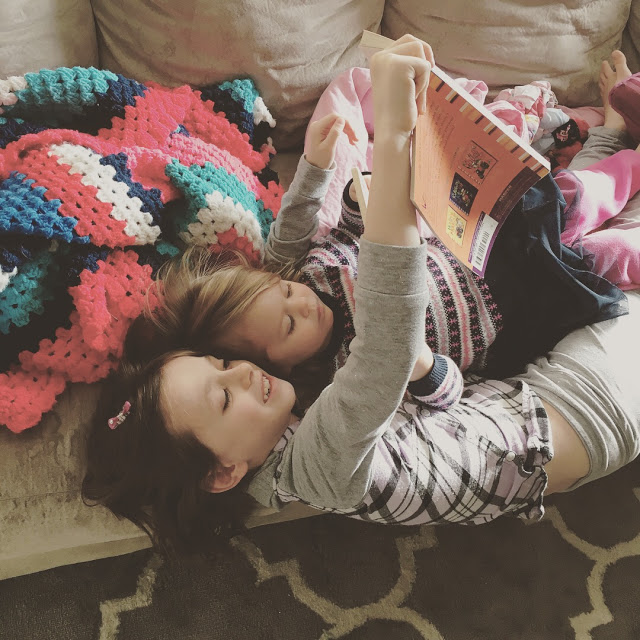
When you know that something needs to change, it is still difficult to give yourself permission to make that homeschool pivot.
Most homeschoolers I know put an enormous amount of time into researching and planning each child’s homeschool year.
You have invested money into your kids’ lives, and you want to make sure that they are learning and getting the most out of everything. But when a problem arises and you aren’t sure what to do next.
I am giving you permission to make a homeschool pivot.
If you don’t make that homeschool pivot, what inevitably happens is a stressful year, which is not what anyone needs nor deserves.
Instead, you need to give yourself permission to make the change. Perhaps it is a curriculum that is not working, perhaps it is the schedule you are using, perhaps you are trying to do too much and you need to drop some things. Perhaps you are trying to multi-task too much, and you need to focus more on single-tasking.
Whatever the reason, you need to give yourself the permission to make a homeschool pivot.
I had to give myself that permission over that Christmas break. What we were doing was not sustainable.
You are worried about all the time and money spent on curriculum. It was something that I worried about as well. How can you possibly make a homeschool pivot when you have given up so much with those two very finite resources?
You have to let go of that. You have to give yourself permission. If you don’t, you will struggle through the rest of your year and question whether homeschooling is even the right fit! Now, that isn’t always the case, but when you come to the end of a calendar year, you want to feel good about your choices. If you do not, now is the time to look at a homeschool pivot. Give yourself permission.

How do you give yourself permission?
A homeschool pivot does not mean just dropping one book (although that is absolutely OK as well!). It means to completely change direction. Maybe you want to try a new math curriculum. Perhaps you realized that you need to drop back and work on handwriting practice with your kids instead of working on writing paragraphs. Or your child is moving so fast in a subject, they need to be challenged. Whatever the case, making that homeschool pivot is hard.
If you are worried about changing curriculum, spending more money, having to make another homeschool pivot come spring – write down those worries. Write them down, and then let them go. Make a ceremony out of it and burn them in your fireplace. Do whatever you need to let that self-judgement go. It is OK to make a change. In fact, I would argue that if you don’t make that change when you need to, you are doing yourself and your kids a disservice.
What were we doing when I realized we needed to make a homeschool pivot?
I was attempting to teach two different periods of time (US History from the 1900’s and Ancient World History) with two different kids while also trying to wrangle a 3-year-old. Not to mention the rest of the subjects. Sounds fun, right? I had these ideas in my head of what was appropriate for each age. Thinking about what the public school was teaching. Comparing my kids to their peers was at the forefront of my mind.
We needed to get out of the public school mindset.
You need to let go of the pre-conceived notions about what is appropriate to learn when. And in order to do that you need to give yourself permission to take the first step. The first step is to make that homeschool pivot. And when you make that homeschool pivot, you are aligning your homeschool with your kids, and your values.
I slowly started to drop off books for Jack in favor of continuing with Emma. I couldn’t drop Emma back to Jack’s level. She had already read the books, listened to the books three years ago.
Then I did what every normal homeschool mom does. I mapped out the rest of their education on an index card with broad terms. I wanted to see where we would end up if I moved things around. Guess what? It was going to be fine.

What I came to realize is that I can continue doing a good job with both of them. I didn’t need to teach them like they were in public school, even though that measure of success was available for me to look to. I was worried that they would be falling through the cracks in some areas if I didn’t stick to that normal public school sequence.
That is the challenge, isn’t it? Always second guessing yourself? Perhaps when I have graduated one child I won’t continue to do that, but here, and now, yes, I am constantly second guessing myself and my choices.
When you give yourself the freedom to make a homeschool pivot then you automatically lighten. Your entire demeanor will change because you have allowed yourself to make a move. The stress of continuing with something you know deep down isn’t working is gone. The homeschool pivot allows you to take a deep breath and know that it is all going to be OK, you are doing a good job.
Get on the waitlist for our Getting Out of the Public School Mindset Workshop below:
Often, we, as homeschoolers, try to overcompensate because we are homeschooling. We aren’t necessarily trying to “keep up” with public school, but we want to make sure we include everything we possibly can so that we feel good about our decisions to homeschool. That fact alone means you are doing a good job. Yes, you may not finish every single book you set out to read this year, or your child may not like something they are doing, but the fact that you are looking at every possible scenario to make sure what you are doing works for your specific child is a good thing.
I firmly believe that no matter how your child is schooled – whether it be through homeschool, public school, charter school, private school – the issue is not the school, it is the parents. When the parents are involved, the child does better. That doesn’t mean that your child is going to be a math genius, but it could mean that they are going to be a math genius. It is all about the involvement of the parent.
Once you make the decision to have a homeschool pivot, it can be scary and exciting, and it can be difficult as well.
You spent money on the curriculum, and to box it up and not use it can be a huge heartache – and wallet-ache. Perhaps you have spent all the money you could on homeschool materials, and you can’t make any new purchases. What can you do instead?
The first place I would go is your local library, there are so many awesome books available, and you can find anything on any child’s level at the library. Another amazing resource is YouTube – the number of educational channels available for science, history, math, really any subject is astounding.
Perhaps, like me, you start to bring your younger child up to what you are doing with your older child. It is OK to combine subjects and content. Some kids may write a narration about the material, and others may give an oral narration. The content is the same.
You continue to move through math, reading, and writing, on each child’s level. You fit everything else in around that. Is every day perfect? Absolutely not, but you are moving forward.
The first step is to give yourself permission. And the second step is not to guilt trip yourself into thinking that you are failing. You are most definitely not failing, you are thriving! Knowing that you need to make a change, and having the courage to do that is the best way to move forward.


